Here's the Technology That's Helping to Track COVID
![]()
In August, about half a year since the coronavirus pandemic first caused businesses, schools and banks to shut their doors, organizations around the country are tentatively reopening. Concerns remain, however, about how possible it will be to ensure that reopening is safe for students and consumers.
Safety measures like regular sanitizing and temperature-measurement checkpoints are two options organizations are using to keep operations safe. However, carriers without symptoms can spread the coronavirus — meaning temperature checks alone won't halt the virus. Because the virus can also spread via airborne droplets in enclosed indoor spaces, surface sanitizing also may not be enough.
One of the best ways to stop the spread of the virus is to identify who may have it and alert anyone who's come into contact with them — a strategy known as contact tracing. New tracking technology is making it possible for individual organizations to launch contact-tracing initiatives. This tech for tracking COVID may make reopening procedures and normal operations much safer for sectors like education, banking, and hospitality.
- 0 Comments
- Aug 27, 2020 10:00:00 AM
- Posted by Natalia Galvis
- Topics: STEM, students, Technology, Edchat, coronavirus, online, covid19, lessons
Keys to Success in Distance Learning
Educators from around the country shared their advice about making remote instruction work for middle and high school students.
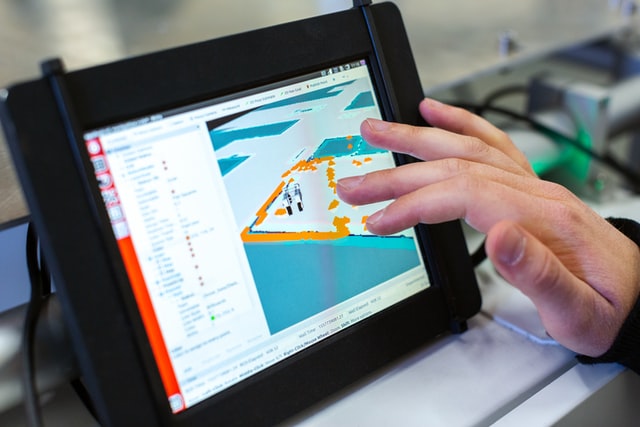
- 0 Comments
- Aug 24, 2020 10:00:00 AM
- Posted by Natalia Galvis
- Topics: Robotics, STEM, Robots,, students, Technology, Edchat, coronavirus, covid19, lessons, collaboration, returning to school
Does Using Fever Detection Technology In School Stop the Spread of COVID-19?
Given the geometric progression in which Covid-19 spreads, it is important to contain it right at the root. This is exactly why it becomes important to use fever detection technology in schools extensively. Schools all over the world are working out a protocol to ensure proper detection and effective control of the situation.
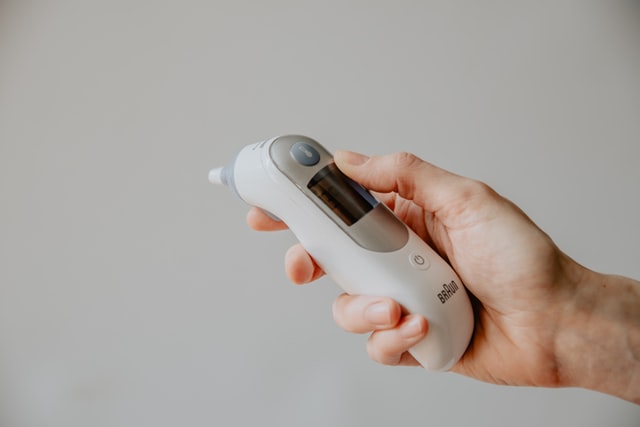 Photo by Kelly Sikkema on Unsplash
Photo by Kelly Sikkema on Unsplash
Here is a quick look at how fever detection technology enables schools to address the problem conclusively and helps make it significantly safer for children during the Covid-19 crisis.
- 0 Comments
- Aug 21, 2020 10:00:00 AM
- Posted by Natalia Galvis
- Topics: Robotics, STEM, Robots,, students, Technology, Edchat, coronavirus, covid19, lessons, collaboration, returning to school
Back to School: Thinking through Whole Room Disinfection in Education Facilities
As the summer months wind down and September approaches, students and faculty prepare to return to school and get back into the routine of another academic year. However, as students and teachers get back to school, they also get back to the threat of infection posed by dangerous germs and pathogens that are commonly spread in educational facilities, such as those that cause respiratory syncytial virus (RSV), rhinovirus, enterovirus D68, and methicillin-resistant Staphylococcus aureus (MRSA), among others.
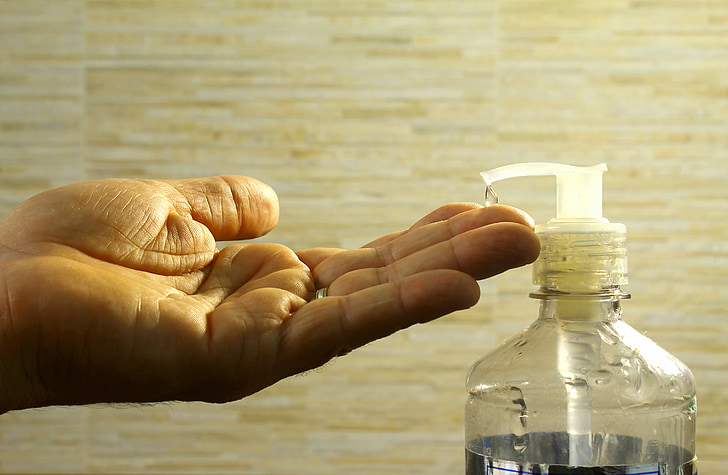 Photo credits: pickpik.com
Photo credits: pickpik.com
- 0 Comments
- Aug 12, 2020 10:00:00 AM
- Posted by Natalia Galvis
- Topics: Math, Robotics, EdTech, STEM, Robots,, students, STEMchat, Mathematics, Edchat, coronavirus, covid19
FREE Distance Learning Tool You Can Use NOW!
Hundreds of educators have contacted us in the past weeks, asking for resources to teach remote, while schools open online only, or hybrid only.
RobotLAB got you covered!
In this video, you will learn how to use Google Expeditions while being remote. It is easy, it is free, and it is full of places to go to, even if we can't physically do it.
Watch the video below and learn how to do it in three simple steps
Click on the image above, or here : https://youtu.be/QuLurF29-JE
- 0 Comments
- Aug 11, 2020 2:45:20 PM
- Posted by Natalia Galvis
- Topics: Math, EdTech, STEM, students, Expeditions, STEMchat, Mathematics, Edchat, Google Expeditions, coronavirus, Virtual Reality, covid19
How to Help Students Get Used to Masks
In many places, students returning to school buildings will be required to wear masks. These strategies can help elementary students adjust.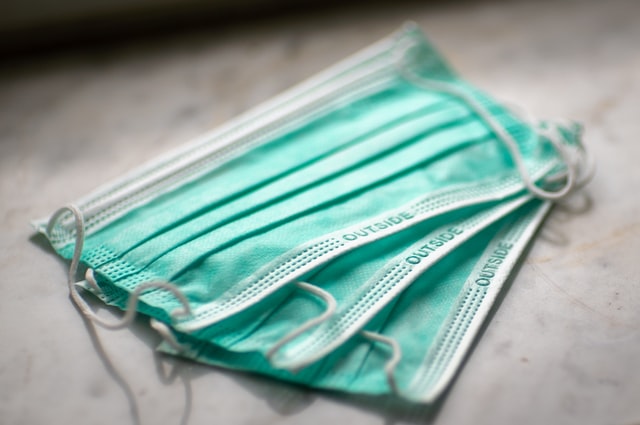 Photo by Mika Baumeister on Unsplash
Photo by Mika Baumeister on Unsplash
- 0 Comments
- Aug 7, 2020 10:00:00 AM
- Posted by Natalia Galvis
- Topics: STEM, Robots,, students, Edchat, coronavirus, covid19, classroom, masks
Pepper Robot Can Scan Your Face and Ask you to Wear a Face Mask
Pepper is expanding its skills to help limit exposure to viruses and ensure people are wearing a mask in confined spaces. SoftBank Robotics Europe hopes the robot will help businesses reopen safely.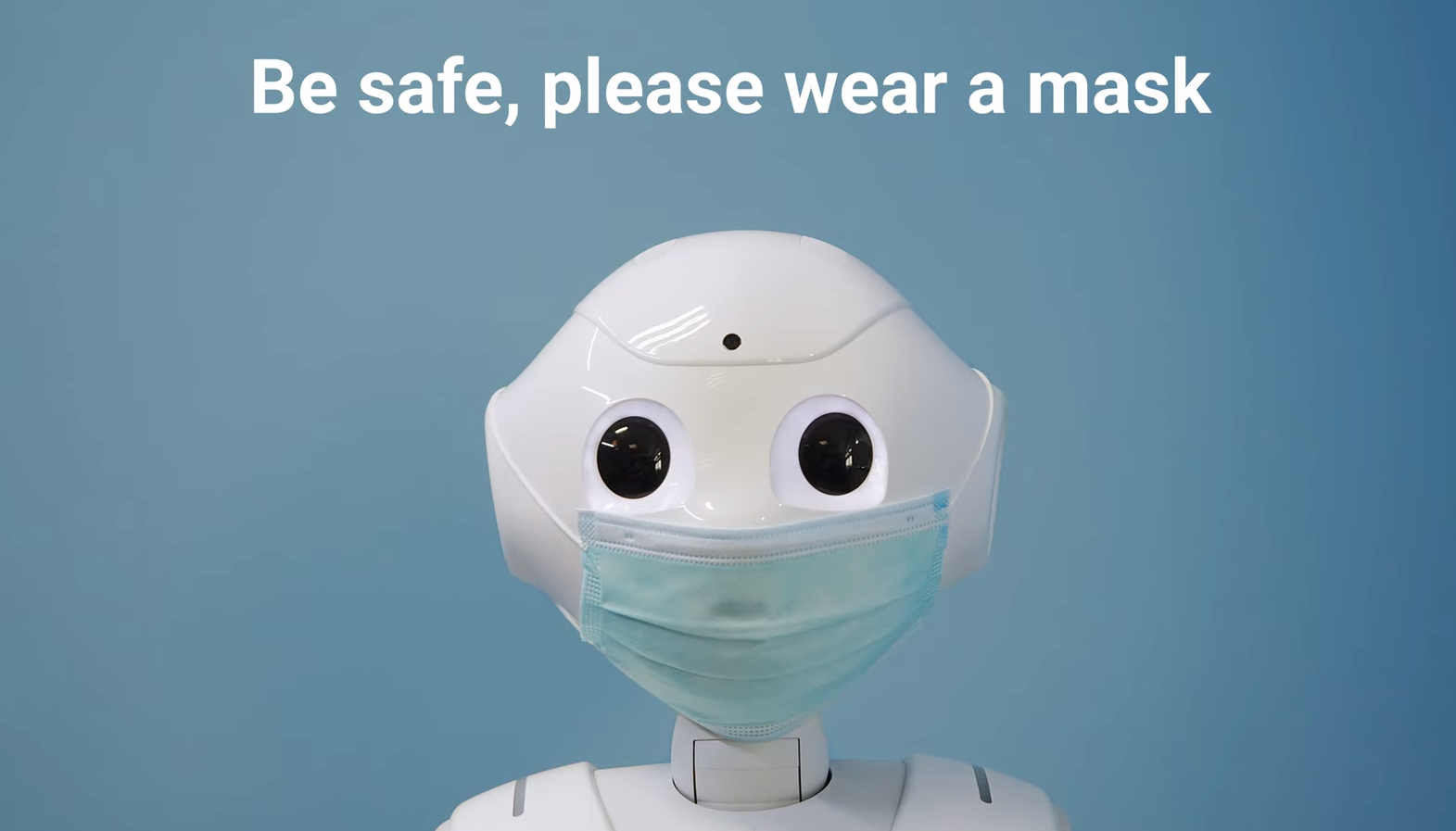
- 0 Comments
- Aug 6, 2020 10:00:00 AM
- Posted by Natalia Galvis
- Topics: Robotics, STEM, Pepper, Robots,, students, Technology, Edchat, coronavirus, covid19
A 2021 Definition of EdTech
Edtech allows for one learner or five million to learn, anywhere on earth, and to take the same classes as each other. 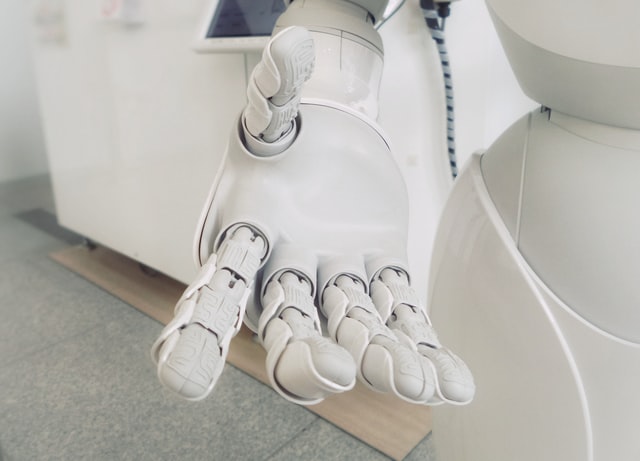 Photo by Franck V. on Unsplash
Photo by Franck V. on Unsplash
- 0 Comments
- Aug 5, 2020 10:00:00 AM
- Posted by Natalia Galvis
- Topics: Robotics, STEM, Robots,, students, Technology, Edchat, coronavirus, covid19, lessons, collaboration, returning to school
DOBOT Robotic Arm in the US
Check these DOBOT news wrap-up! and learn how this STEAM classroom solution has been implemented in the U.S
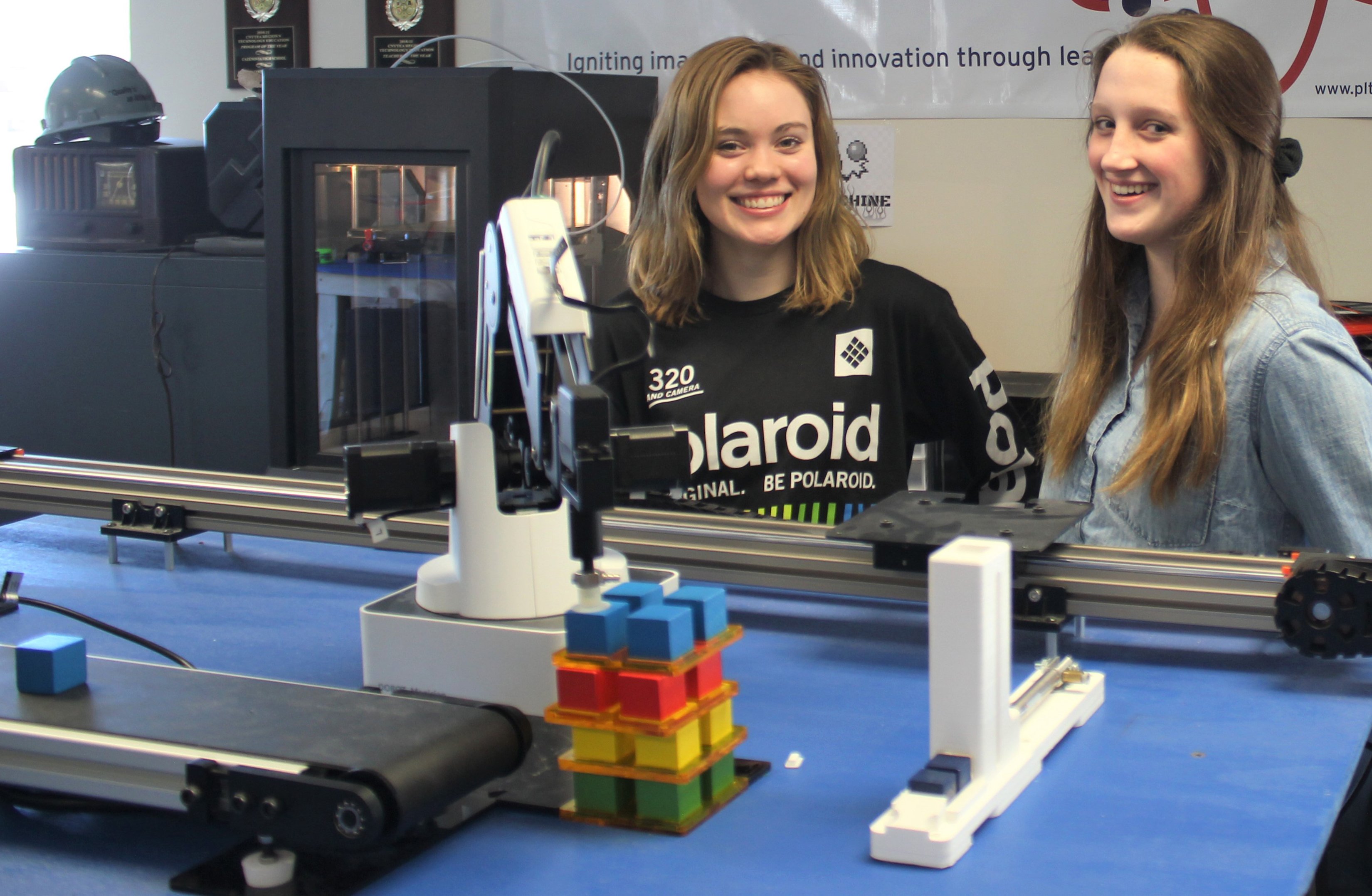
- 0 Comments
- Aug 4, 2020 10:00:00 AM
- Posted by Natalia Galvis
- Topics: Robotics, STEM, Robots,, students, Technology, Dobot Robotic Arm, Edchat, coronavirus, lessons, collaboration
Return to School During COVID-19
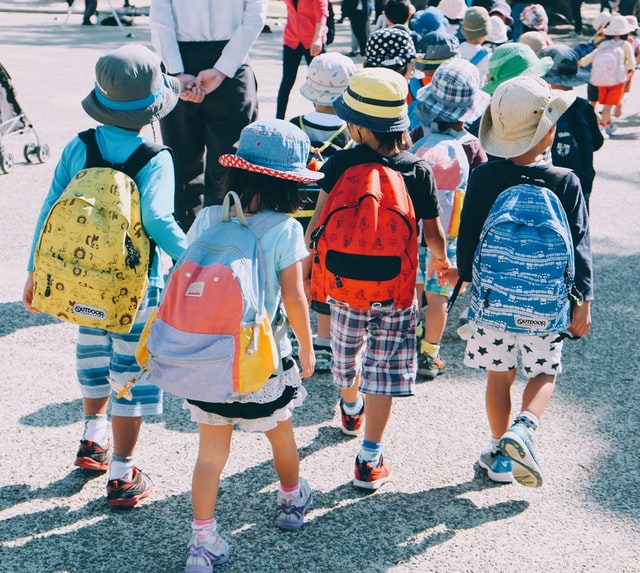 Photo by note thanun on Unsplash
Photo by note thanun on Unsplash
A big question parents have right now is how students can go back to school safely during COVID-19. The latest American Academy of Pediatrics (AAP) advice says children learn best when they are in school. However, returning to school in person needs careful steps in place to keep students and staff safe.
- 0 Comments
- Aug 3, 2020 10:00:00 AM
- Posted by Natalia Galvis
- Topics: Robotics, STEM, Robots,, students, Technology, Edchat, coronavirus, covid19, lessons, collaboration, returning to school
Relevant Posts
Popular Posts
Subscribe to Email Updates
-
I Want To Learn MoreADDITIONAL INFORMATION


-1.gif?upscale=true&upscale=true&width=681&name=gif%20(3)-1.gif)
